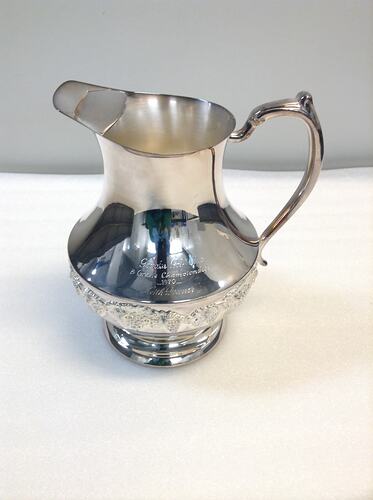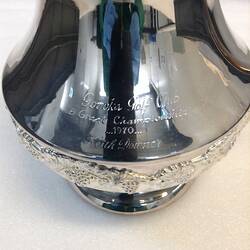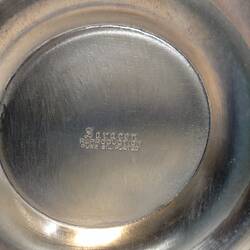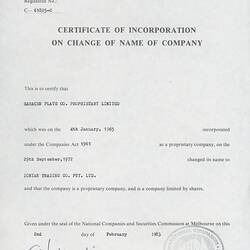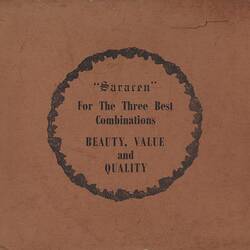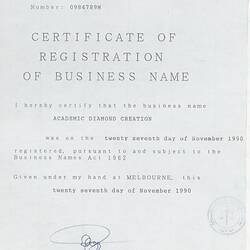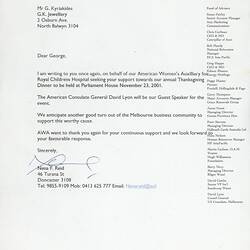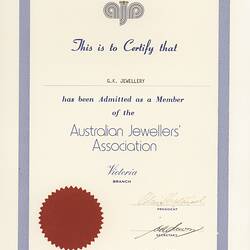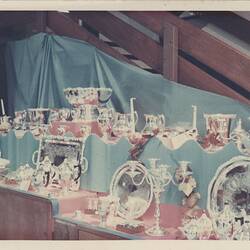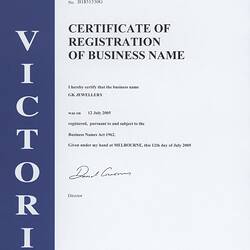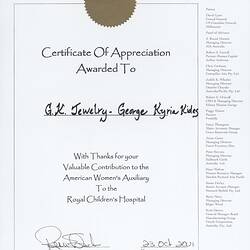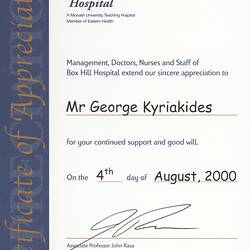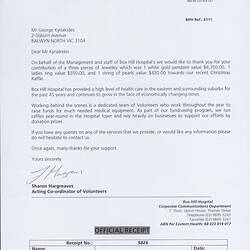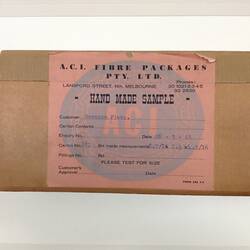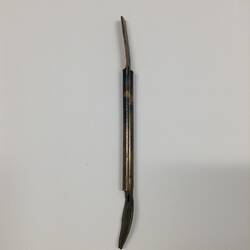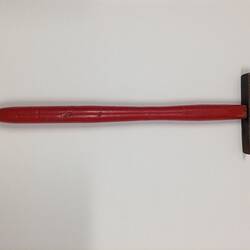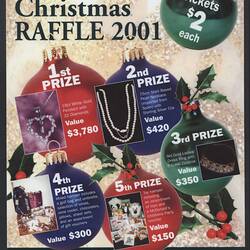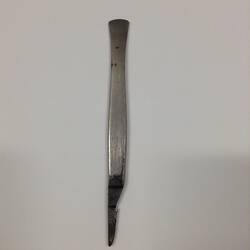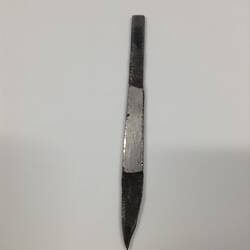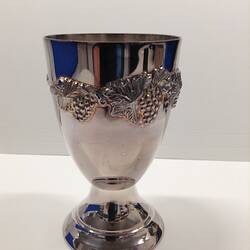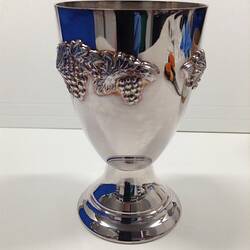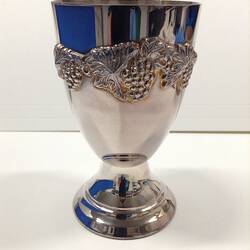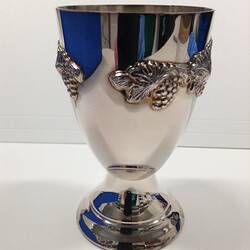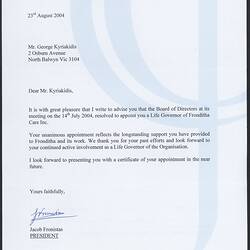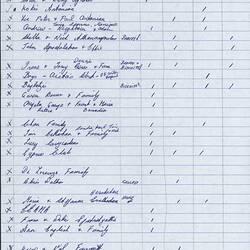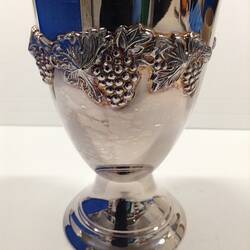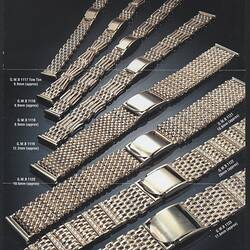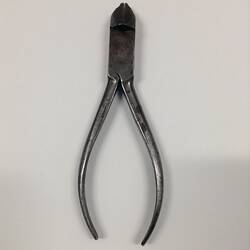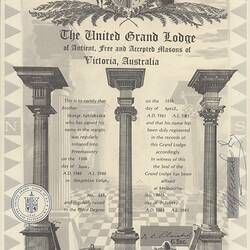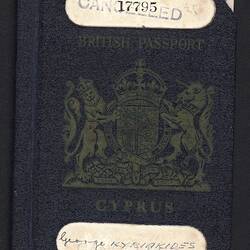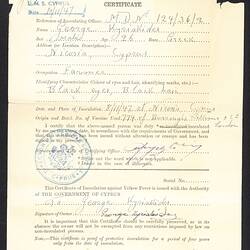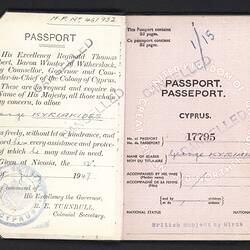Summary
Silver plated jug in the 'Old Sheffield Reproduction' style. The base is most likely copper alloy, and has been plated with silver. It has a grapevine design in relief around the belly of the jug, and a flourished handle is attached. It closely matches the image of the 'Cold Water Jug, R 145' included in the Saracen Plate Co. catalogue on page 10. The handle of the object differs from the image in the catalogue, as it has a slightly different exterior shape, and more decorative detailing. This object is a prime example of the work that was produced as part of the Saracen Plate Co.The jug is part of the collection that details the work of George Kyriakides, and the successive silver smithing and jewellery businesses he was involved with.
George Kyriakides was born in 1921 in Larnaca, on the southern coast of Cyprus. In his early working years he was apprenticed to his father Petrou Kyriacou as a silversmith and in 1948 George migrated to Melbourne, Australia. In 1949 he married Australian-born Silvia Sarandis, the child of Greek migrants and they had two children. Using his skills as a silversmith, he worked for a local silverware company and then proceeded to start his own silversmithing business under the name Saracen Plate Company, situated at 152 Lygon St, Carlton. A manufacturing wholesale business, they sold mainly to large clients such as Myers and Prouds Jewellery. In 1974 George sold the wholesale silversmithing part of the business due to the difficulty in obtaining pure metals, and continued to work as a Jeweller under the name GK Jewellery until his retirement and beyond. In later years George was known for his philanthropic generosity and in 2006 he died and is survived by his two children.
Physical Description
Silver jug featuring grapevine design and inscription.
Significance
Statement of Historical Significance:
This collection offers a multi-faceted snapshot of a migrant small business in Lygon Street Carlton through tools of trade, product catalogue and a sample of the silverware produced for retail. It thus encapsulates a small business activity from production through to sale and distribution. It includes a beautiful filigree tray as well as more mainstream domestic silverware items. The collection enables the documentation of the passing on of trade traditions and skills from one generation to the next and the bringing of those skills to Australia, as well as capturing a particular craft, filigree work, which is a disappearing artform.
More Information
-
Collecting Areas
-
Previous Owner
-
Manufacturer
-
Manufacturer
-
Inscriptions
Base: 'Saracen\REPRODUCTION\PURE SIL.PLATED' Side:'Goroka Golf Club\B Grade Championship\...1970...\Keith Downer'
-
Classification
-
Category
-
Discipline
-
Type of item
-
Overall Dimensions
200 mm (Width), 190 mm (Height), 490 mm (Circumference), 120 mm (Outside Diameter)
From top of handle to lip of jug measures 170mm. Outside Diameter measurement refers to the widest point of base. Circumference taken at widest point around grape vine design.
-
Keywords
Jewellers, Small Businesses, Cypriot Communities, Cypriot Immigration, Working Life, Trades, Eating & Dining, Jewellery, Silverware, Eating & Drinking
